When the box falls into the sea
Six years ago, the MSC Zoe lost several hundred containers in the North Sea - and for hours the crew didn't notice. Researchers are now working on how to minimise the extent of such accidents. Six years ago, the "MSC Zoe" was one of the largest container ships in the world: a good 395 metres long and 59 metres wide, it can load over 19,000 standard containers (TEU). The Panamanian-flagged ship was on its way to Bremerhaven from Portugal on the night of 2 January 2019 when it happened: In several batches and in bad weather off the Dutch and German coasts, the...
Weiterlesen
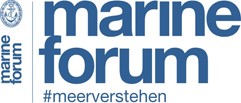
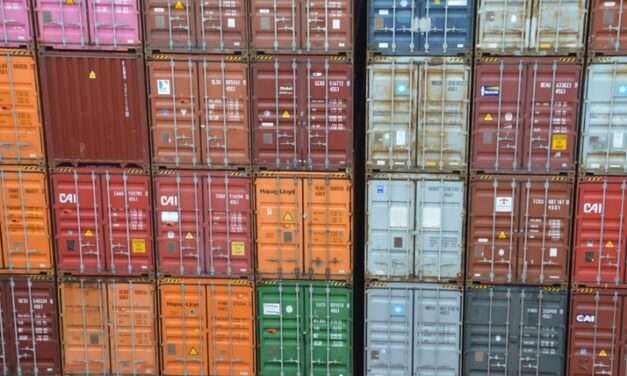
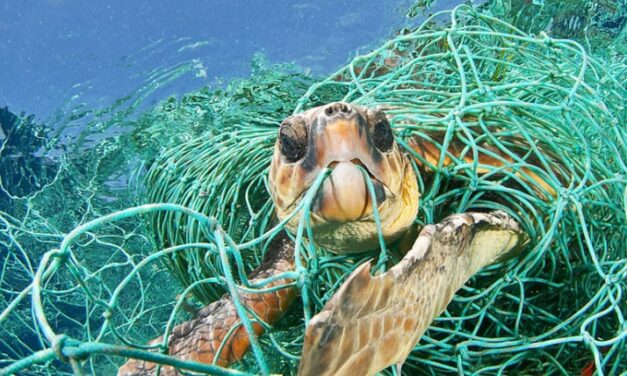

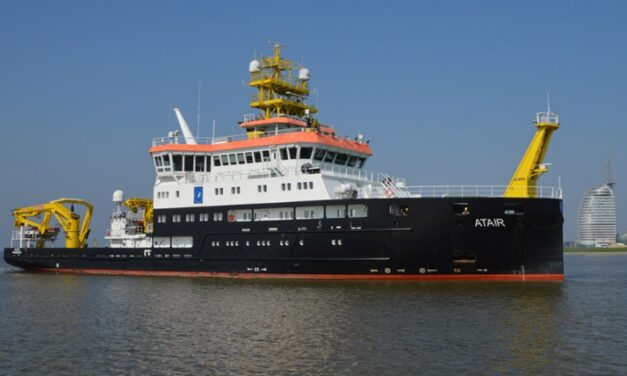
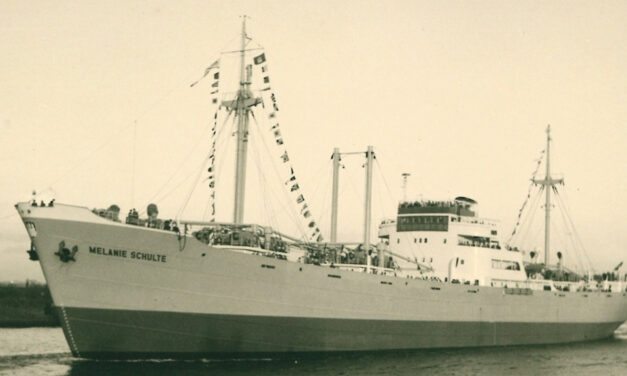
Recent Comments